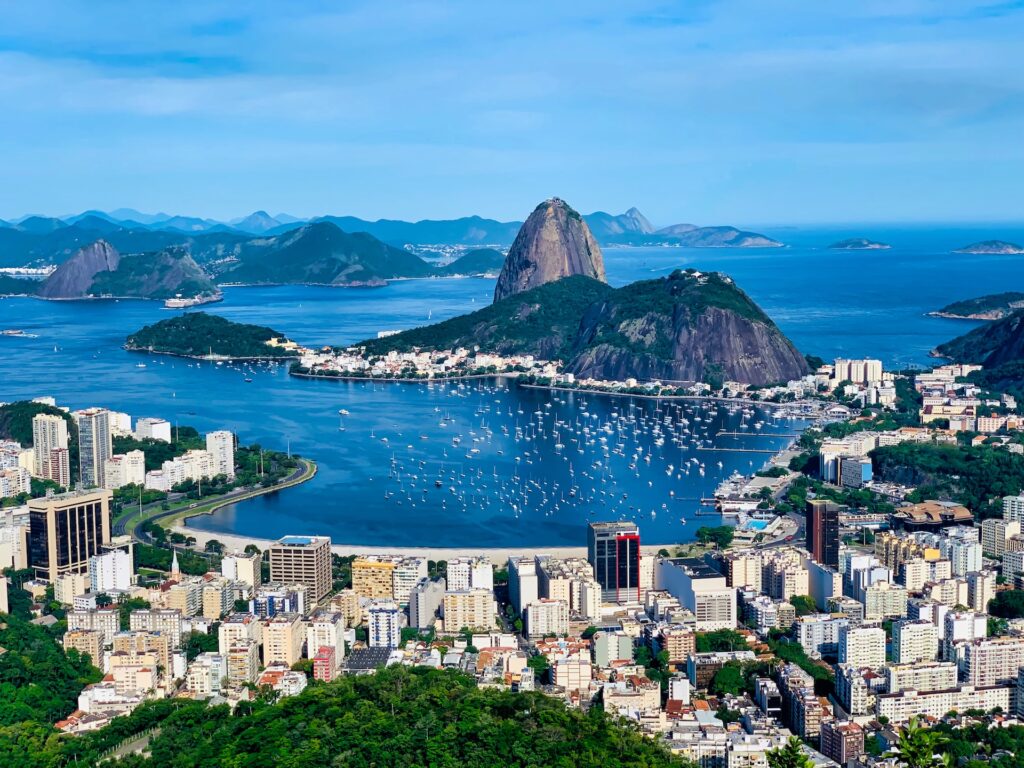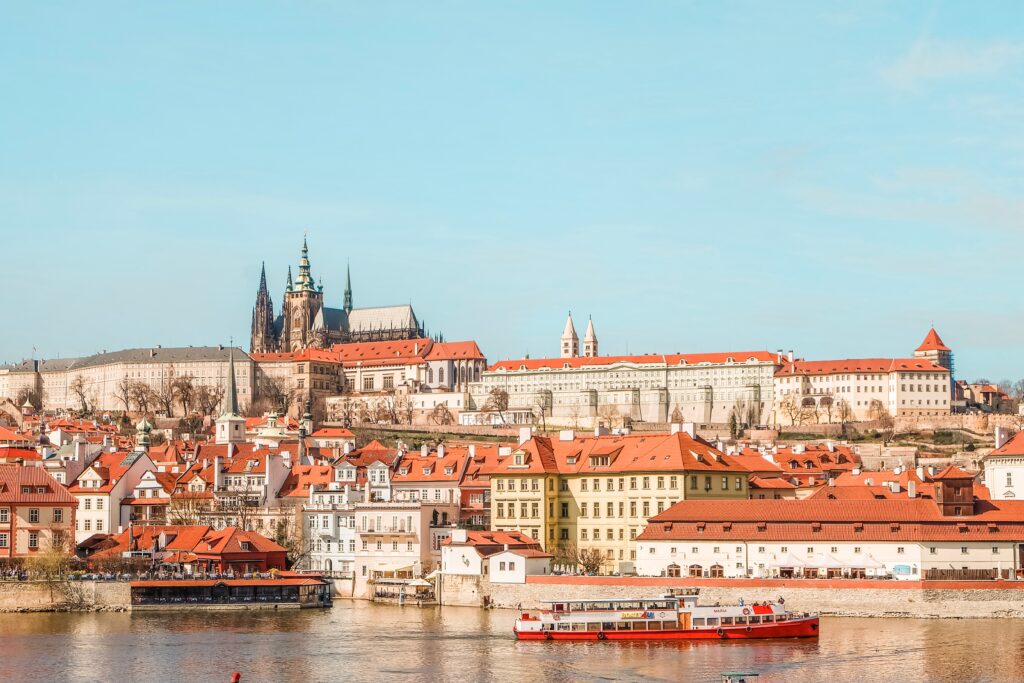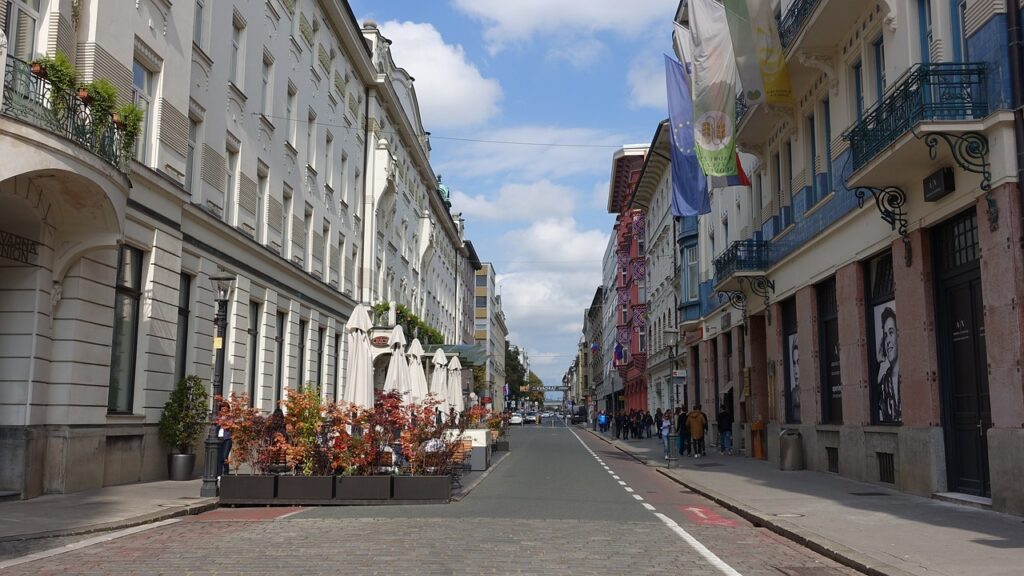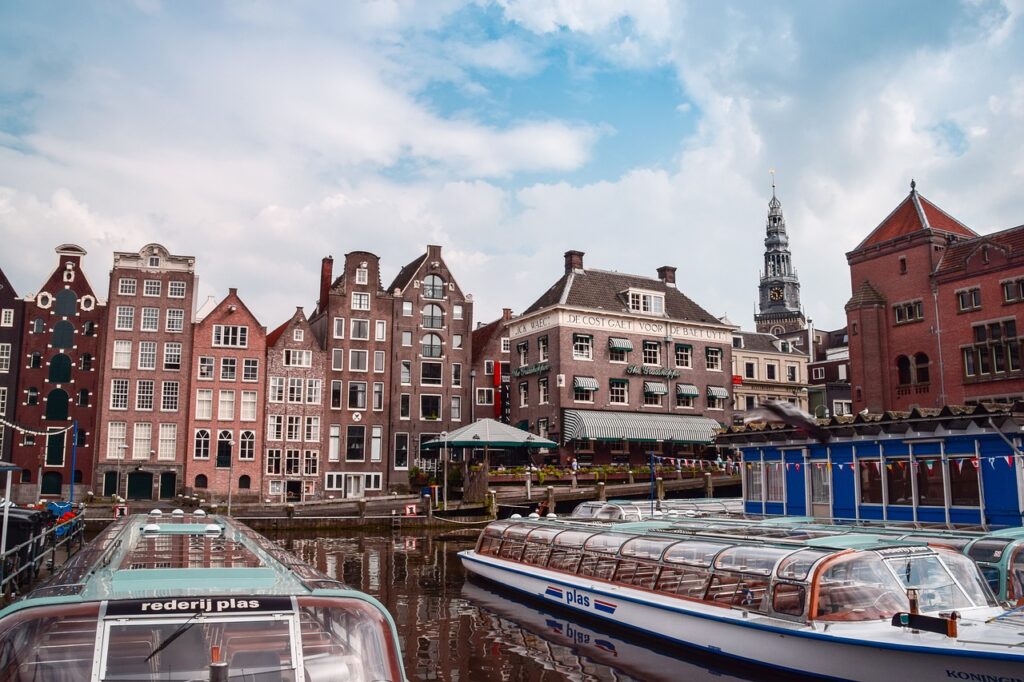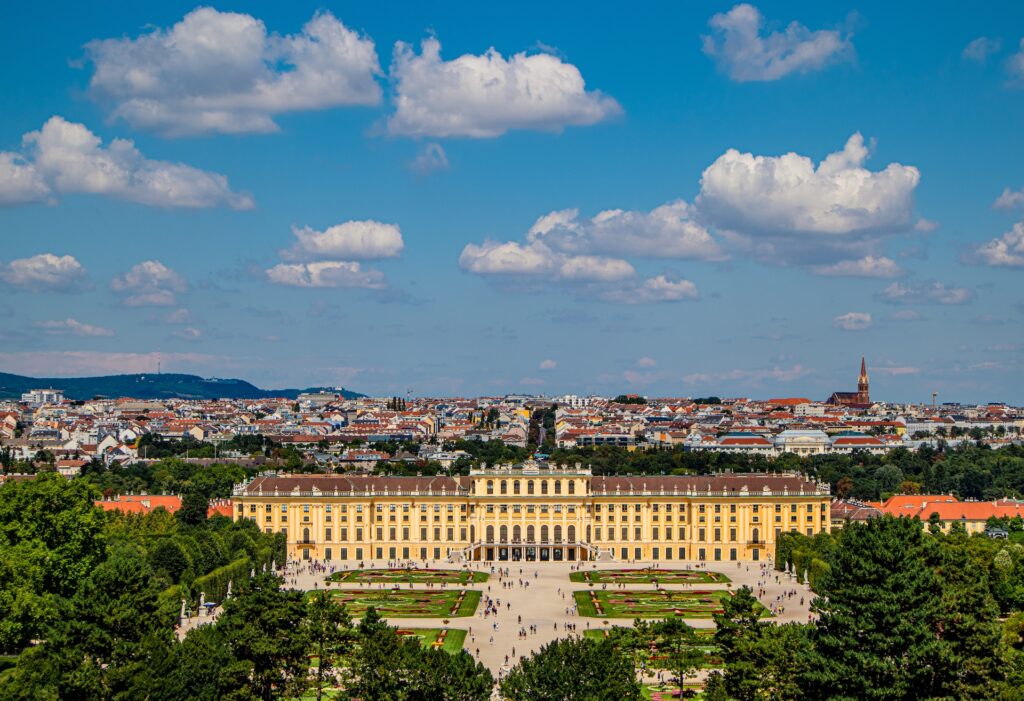Best Places to Visit in Brazil
Visiting Brazil: A Comprehensive Guide for Travelers Introduction The best places to visit in Brazil: Brazil is an excellent choice if you’re looking for a destination with everything. This South American country has something for everyone, from stunning natural wonders to vibrant cities and rich cultural traditions. Whether you’re a beach bum, a history buff, or an adventure seeker, Brazil has plenty to offer. One of the best times to visit Brazil is during its summer months, from December to February. This is when the weather is warmest, and the beaches are at their best. However, remember that this is also the country’s peak tourist season, so be prepared for crowds and higher prices. If you’re looking for a quieter time to visit, consider going in the shoulder seasons of March to May or September to November. Exploring Cities Portugal is home to several beautiful cities with unique charm and history. Here are some of the top cities to explore in Portugal: Best Time to Visit If you are planning a trip to Brazil, it is essential to consider the best time to visit to make the most out of your experience. The country’s climate and weather patterns vary greatly depending on the region and time of year. This section will discuss the best time to visit Brazil based on climate and seasons. Climate and Seasons Brazil has a tropical climate with two distinct seasons: the wet season and the dry season. The wet season typically runs from November to April, while the dry season runs from May to October. However, it is essential to note that the climate can vary greatly depending on the region you plan to visit. Generally, the best time to visit Brazil is during the dry season, considered the high season for tourism. May to September are generally the best time to visit, as the weather is mild and dry with plenty of sunshine. However, remember that this is also the busiest time of year for tourism, so expect higher prices and larger crowds. If you want to avoid the crowds and save money, consider visiting Brazil during the shoulder season. April and October are good months to visit, as the weather is still warm and dry along the coast, but prices and crowds are more manageable. If you want to attend Brazil’s famous Carnival celebration, plan your trip for late February or early March. This is when the festivities occur in cities like Rio de Janeiro and Salvador. However, remember that prices and crowds will be at their highest during this time. Overall, the best time to visit Brazil will depend on your preferences and what you want to see and do. Consider the climate and weather patterns of the region you plan to visit and any events or festivals you want to attend when planning your trip. Major Cities and Attractions If you plan a trip to Brazil, you’ll want to visit some major cities and attractions. Here are a few of the top places to visit: Rio De Janeiro Rio de Janeiro is one of the most famous cities in Brazil, and for good reason. It’s home to some of the country’s most iconic landmarks, including the Christ the Redeemer statue and Sugarloaf Mountain. Enjoy the city’s beautiful beaches, lively nightlife, and delicious food. Christ the Redeemer statue Sugarloaf Mountain Rio De Janeiro Beach São Paulo São Paulo is Brazil’s largest city, known for its bustling metropolis and vibrant cultural scene. You can explore the city’s many museums, theaters, and galleries or indulge in some of the best food and drink in the country. Don’t miss the Mercado Municipal, a famous market where you can try all kinds of local delicacies. São Paulo Municipal Theater de São Paulo São Paulo museum Brasília Brasília is Brazil’s capital city and is a great place to visit if you’re interested in architecture and design. The town was purpose-built in the 1950s, and it’s known for its futuristic buildings and urban planning. You can visit the National Congress, the Cathedral of Brasília, and other iconic landmarks. National Congress the Cathedral of Brasília National museum Manaus Manaus is a city in the heart of the Amazon rainforest, and it’s a great place to visit if you want to experience Brazil’s natural beauty. You can take a boat tour of the Amazon River, visit the famous Teatro Amazonas opera house, or explore the city’s many museums and cultural institutions. Teatro Amazonas Manaus Amazon Natal Natal is a city in the northeast of Brazil, and it’s known for its beautiful beaches and lively nightlife. You can relax on the sand, go surfing or kiteboarding, or explore the city’s many bars and clubs. Take advantage of the Forte dos Reis Magos, a historic fort offering stunning coastline views. Brazil has much to offer visitors, from its bustling cities to its natural wonders. Whether interested in culture, food, or adventure, you will find something to love in this fantastic country. Hopefully, you agree with our list of best places to visit in Brazil. Natal Natal Beach Forte dos Reis Magos Natural Wonders Brazil is home to some of the most breathtaking natural wonders in the world. Brazil has something for every nature lover, from its stunning beaches to its lush rainforests. Here are some of the natural wonders you should take advantage of during your visit to Brazil. Beaches Brazil is famous for its beautiful beaches and sunny weather. The country has over 7,000 km of coastline and plenty of beaches to explore. Some of the most popular beaches in Brazil include Copacabana, Ipanema, and Praia do Forte. These beaches are known for their crystal-clear waters, soft sand, and lively atmosphere. If you are looking for a more secluded beach experience, head to Fernando de Noronha, a stunning archipelago off the northeast coast of Brazil. Rainforests Brazil is home to the largest rainforest in the world, the Amazon Rainforest. The Amazon Basin covers over 60% of Brazil and is home
Best Places to Visit in Brazil Read More »
